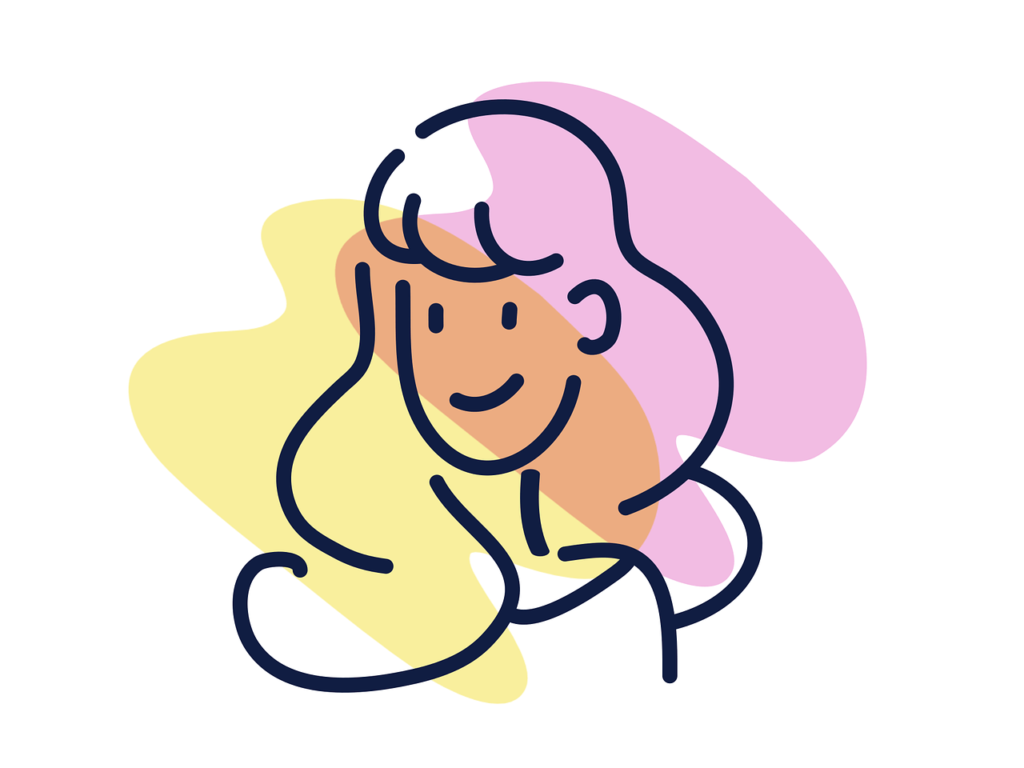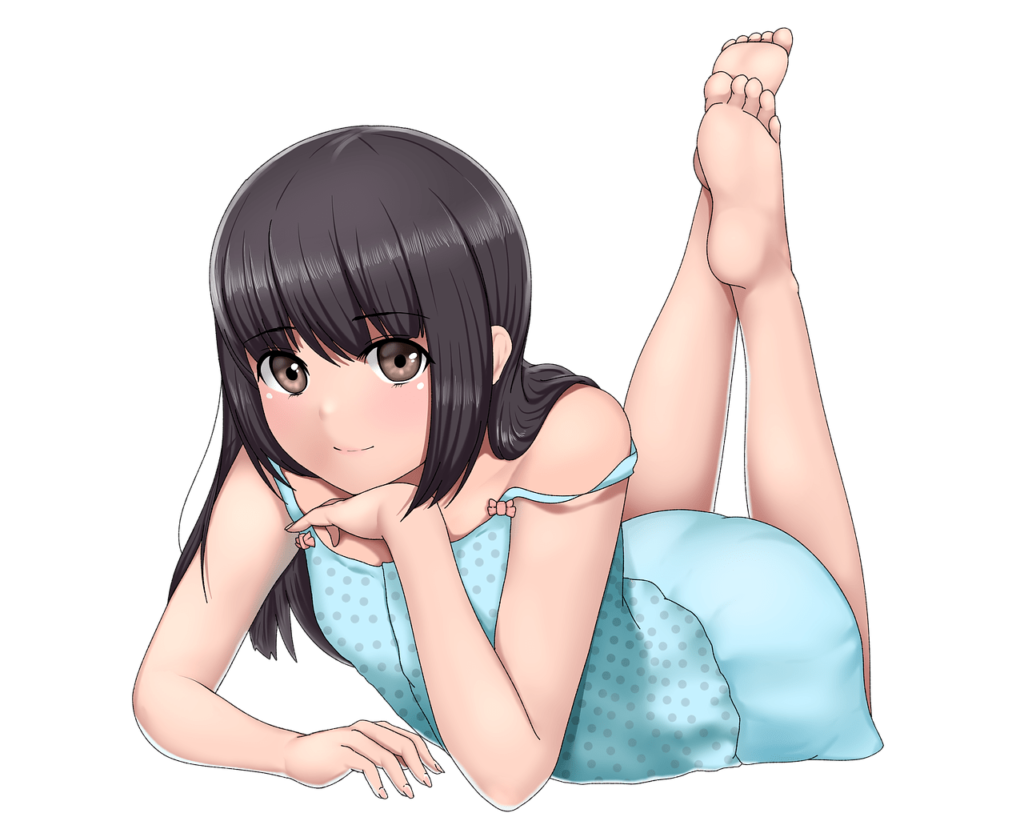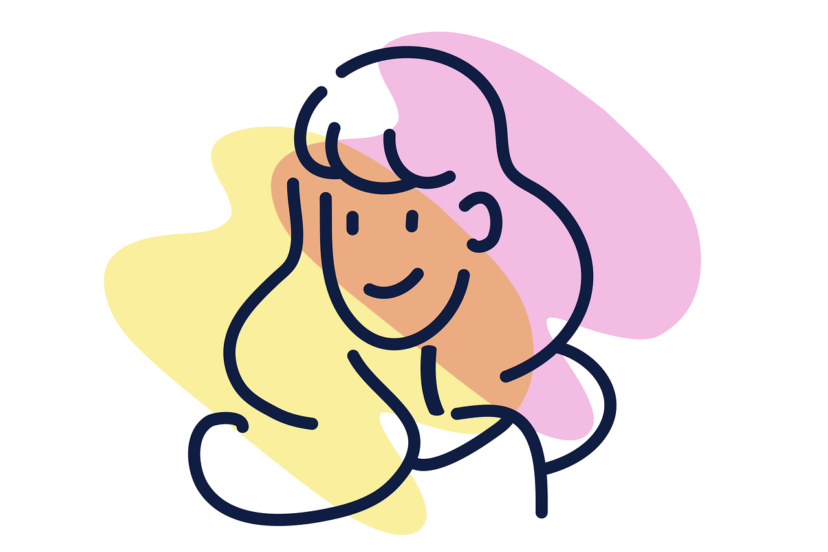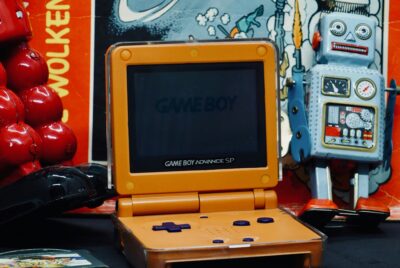How Do You Design Characters For Video Games?
How Do You Design Characters For Video Games?” is a fascinating exploration into the art and science of character creation in the gaming industry. In this journey, we discover the blend of creativity, technical prowess, and storytelling that goes into making memorable game characters that captivate us. Let’s dive into the exciting process that begins with concept art and character sketches and leads to the final, fully-rendered characters we see on screen. Together, we’ll explore the importance of personality, backstory, and even the tiniest details that bring a character to life. How do we design characters for video games?
That’s a loaded question, isn’t it? Designing characters is more than just doodling some cool costumes and adding a few personality traits. It’s a complex blend of art, psychology, culture, and technology. As game designers, we find the process both exhilarating and challenging. The characters we invent will live within our game’s world, guiding and interacting with players in ways that can make or break the entire experience. So, let’s dive into the fascinating world of character design for video games and uncover all the essential elements that go into creating characters that are as memorable as they are functional.
What Is Character Design?
Character design is the process of creating the visual and narrative elements of a character within a video game. This encompasses not just how they look, but how they act, what they say, and how they fit into the overall narrative of the game. It’s as much about storytelling as it is about art.
Visual Design
Visual design includes the character’s appearance, attire, and even the way they move. It’s important because it creates the first impression and helps in making the character instantly recognizable.
Narrative Design
Narrative design is the backbone of the character’s personality, background, and motivations. This design phase ensures that the character aligns with the overarching story of the game.
Interactive Design
Interactive design covers how the character behaves in response to the player’s actions. This aspect is crucial for ensuring that the character feels a part of the player’s experience and is integrated smoothly into the gameplay mechanics.
Emotional Design
Emotional design aims to create an emotional connection between the player and the character. This involves facial expressions, voice acting, and dialogue that make the character relatable and engaging.
Steps in Designing Characters for Video Games
From rough sketches to 3D models, designing characters involves multiple steps and a collaborative effort among various team members. Here, we break down the essential stages of character design.
Conceptualization
The first stage in character design is conceptualization. This is where we brainstorm ideas based on the game’s requirements and constraints.
Understanding The Game’s Universe
Before we can sketch or draft any idea, we need to deeply understand the game’s universe, its storyline, and the existing lore. This phase often involves a lot of reading, research, and discussions.
Defining The Character’s Role
We need to define the character’s role within the game. Are they a protagonist, an antagonist, a sidekick, or a non-playable character (NPC)? Each role comes with its own set of requirements and limitations.
| Role | Requirements |
|---|---|
| Protagonist | Must be relatable, versatile, and have a compelling arc. |
| Antagonist | Must provide significant conflict, be menacing but believable. |
| Sidekick | Should complement the protagonist, often providing comedic relief or essential skills. |
| NPC | Functional within gameplay, providing information, quests, or items. |
Rough Sketches and Concept Art
Once we have a clear understanding of the character’s role and background, the next step is to create rough sketches and concept art. This stage allows for freedom and creativity.
Initial Sketches
Initial sketches are usually rough and vary widely. These images help in visualizing various aspects of the character, from their physique to their attire and accessories.
Refining Art
After selecting a few promising sketches, we refine them into more detailed concept art. Here, we consider proportions, posture, and other intricate details.
Color Palettes
Choosing a color palette is important for the character’s visual identity. Colors can evoke emotions and convey personality traits, helping the character stand out or blend into specific environments.
Creating a Character Backstory
With the visual design somewhat solidified, the next step is to develop a compelling backstory. This aspect of character design adds depth and realism to our creations.
Key Elements of a Character Backstory
- Origin and Background: Where does the character come from? What is their history?
- Motivations and Goals: What drives the character? What are they trying to achieve?
- Strengths and Weaknesses: What are the character’s strong points and vulnerabilities?
- Relationships: How do they interact with other characters in the game?
Understanding these aspects helps in creating rich, multi-dimensional characters that players can relate to.
3D Modeling and Texturing
With a solid 2D concept and an engaging backstory, it’s time to bring the character into the third dimension. This stage involves 3D modeling and texturing.
3D Modeling Techniques
There are several techniques used in 3D modeling, including:
- Box Modeling: Starting from a simple cube and shaping it into the character.
- Sculpting: Using digital tools to ‘sculpt’ a character like clay, adding fine details and textures.
- Retopology: Optimizing the 3D mesh to make it suitable for animation.
Texturing
Texturing adds realism to the character model. It includes adding colors, patterns, and even simulated material properties like metal, fabric, or skin.
Rigging and Animation
Once the character model is complete and textures are applied, it’s time to rig and animate.
Rigging
Rigging involves creating a digital skeleton that moves the character model. This skeleton enables the character to perform a range of actions, from basic movements to complex expressions.
Animation
Animation breathes life into the character. Whether it’s walking, running, or talking, this stage involves keyframe animation, motion capture, or a combination of techniques to achieve natural, fluid movements.
Integrating Into The Game
The final stage of character design is integrating the character into the game. This involves programming, testing, and tweaking to ensure the character functions as intended.
Scripting Behavior
Using in-game scripting languages, we code the character’s behavior and interactions.
Testing and Iterating
It’s crucial to test the character in various scenarios to ensure they perform as expected. Any inconsistencies or bugs need to be identified and corrected.
Feedback Loop
Iterating based on feedback from testers and early players helps in refining the character further, ensuring a positive experience for the end-users.

Principles of Effective Character Design
Now that we’ve looked at the process, let’s delve into some principles of effective character design.
Consistency
A well-designed character should be consistent in terms of their visual appearance, behavior, and narrative role. Inconsistencies can break immersion and confuse players.
Relatability
Characters should evoke emotions. Whether they are heroes, villains, or side characters, relatability helps players form a connection with them, enhancing the overall gaming experience.
Originality
While it’s essential to take inspiration, originality ensures your character stands out in a crowded market. Avoid clichés to make your characters more memorable.
Functionality
The character should serve a purpose within the game’s mechanics and narrative. Every attribute and skill should align with their role in the game.
Clear Silhouette
A strong and recognizable silhouette helps in quickly identifying the character, even from a distance or in challenging environments.
Cultural Sensitivity
Video games are enjoyed by people from diverse backgrounds. Therefore, cultural sensitivity in character design is essential.
Avoiding Stereotypes
Steer clear of cultural stereotypes unless intentionally used for a specific narrative purpose and handled sensitively.
Inclusive Representation
Strive for inclusive character representation. Expand beyond the traditional norms to incorporate diverse ethnicities, genders, and abilities.

Case Studies in Character Design
Let’s look at some well-known video game characters and analyze what makes them successful.
Lara Croft – Tomb Raider
Visual Design
Lara Croft’s visual design has evolved over time, becoming more practical and less exaggerated, which has endeared her to a broader audience.
Narrative Design
Her backstory of being an archaeologist with a thirst for adventure adds layers to her character, making her compelling.
Geralt of Rivia – The Witcher
Visual Design
Geralt’s distinct look, with his white hair and scars, makes him easily recognizable.
Narrative Design
His morally ambiguous personality and complex relationships make him intriguing and relatable.
Master Chief – Halo
Visual Design
Master Chief’s armored appearance emphasizes his role as a formidable soldier.
Narrative Design
His enigmatic nature and the unveiling of his story over multiple games keep players engaged.
Common Pitfalls in Character Design
No discussion on character design is complete without understanding the common pitfalls.
Overcomplication
Trying to infuse too many traits can make a character feel cluttered and inconsistent. Keeping it simple and focused is often more effective.
Lack of Depth
While visual appeal is crucial, neglecting the narrative can lead to flat, unengaging characters. Strive for a balance between aesthetics and storytelling.
Ignoring Player Feedback
Iterative feedback is vital. Ignoring feedback can result in characters that do not resonate with the target audience.

Balancing Art and Function
The art and function of character design must go hand in hand. While artistry attracts, functionality retains players. Both aspects should coexist harmoniously.
Artistic Freedom
Creative freedom should not be stifled, but it must align with the game’s mechanics and story.
Functional Design
Ensure every design choice improves gameplay experience and narrative cohesion.
Conclusion
Designing characters for video games is a journey filled with both challenges and rewards. By blending visual brilliance with emotional depth and functional coherence, we create characters that are not only memorable but also integral to the gaming experience. Whether we’re crafting heroes, villains, or sidekicks, every character is a chance to enrich the virtual world we’re building.
So, the next time we fire up our favorite game and marvel at a character’s intricate design, let’s remember the thought, effort, and creativity that went into bringing them to life. Isn’t it amazing what we can achieve when art meets technology?




